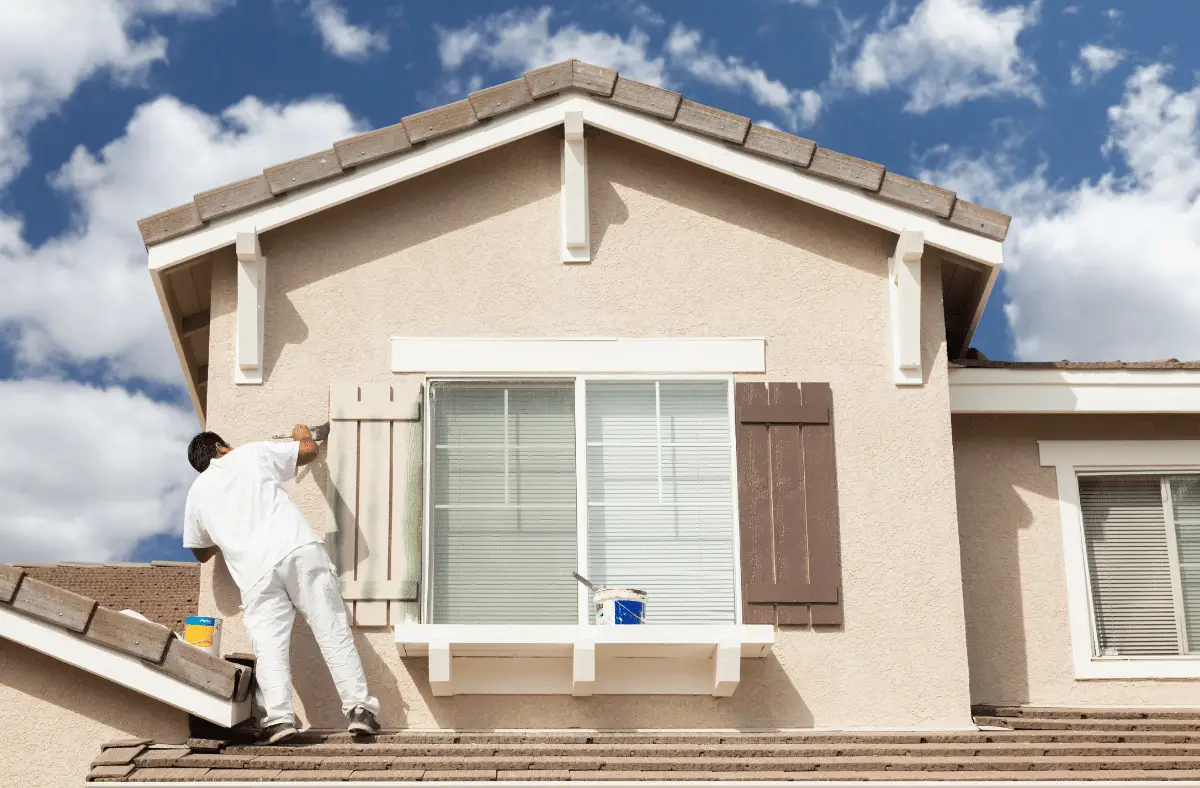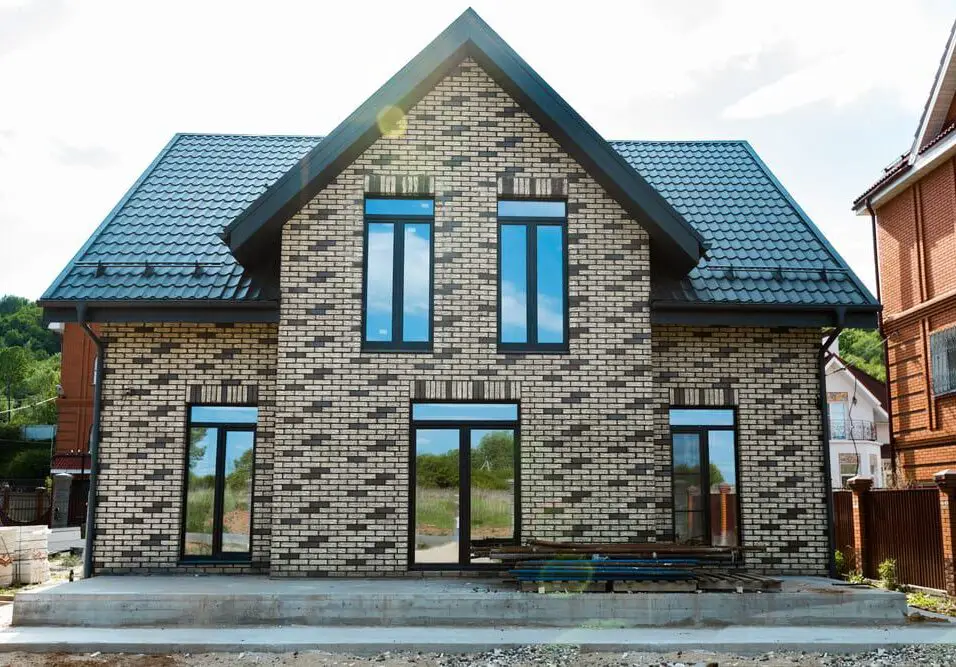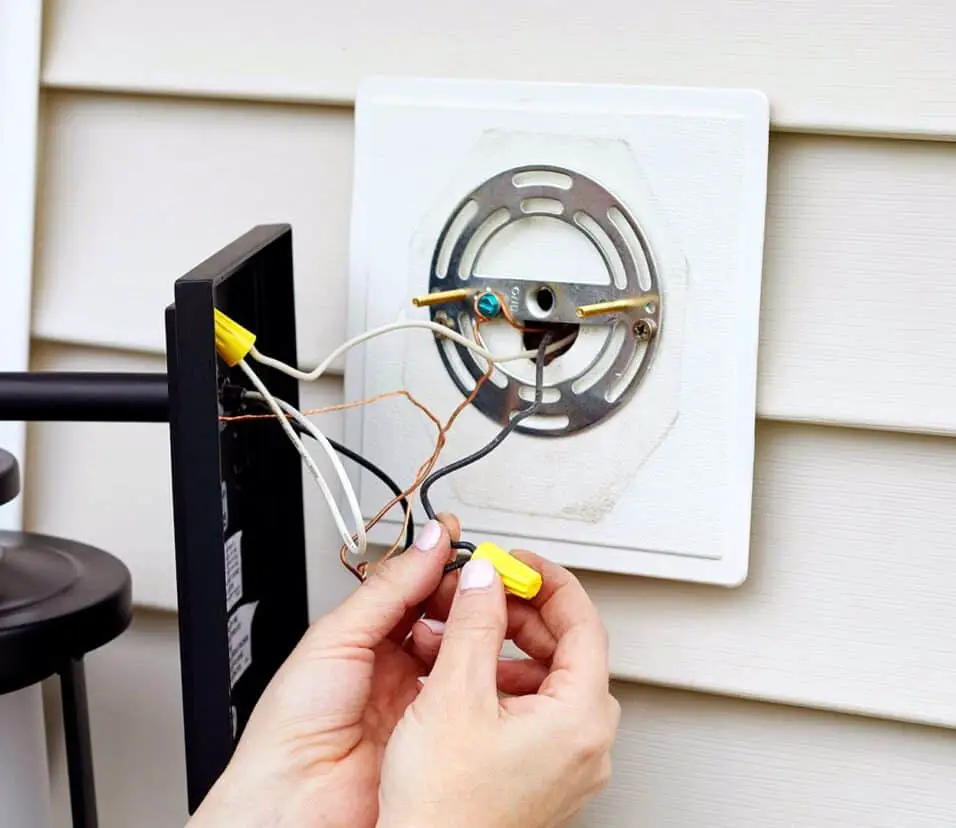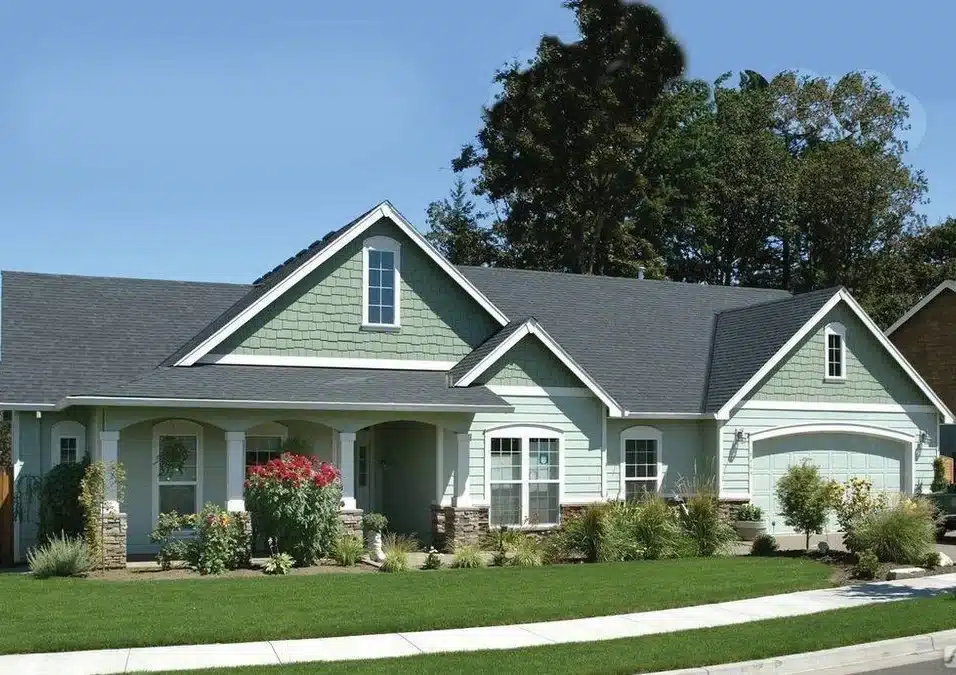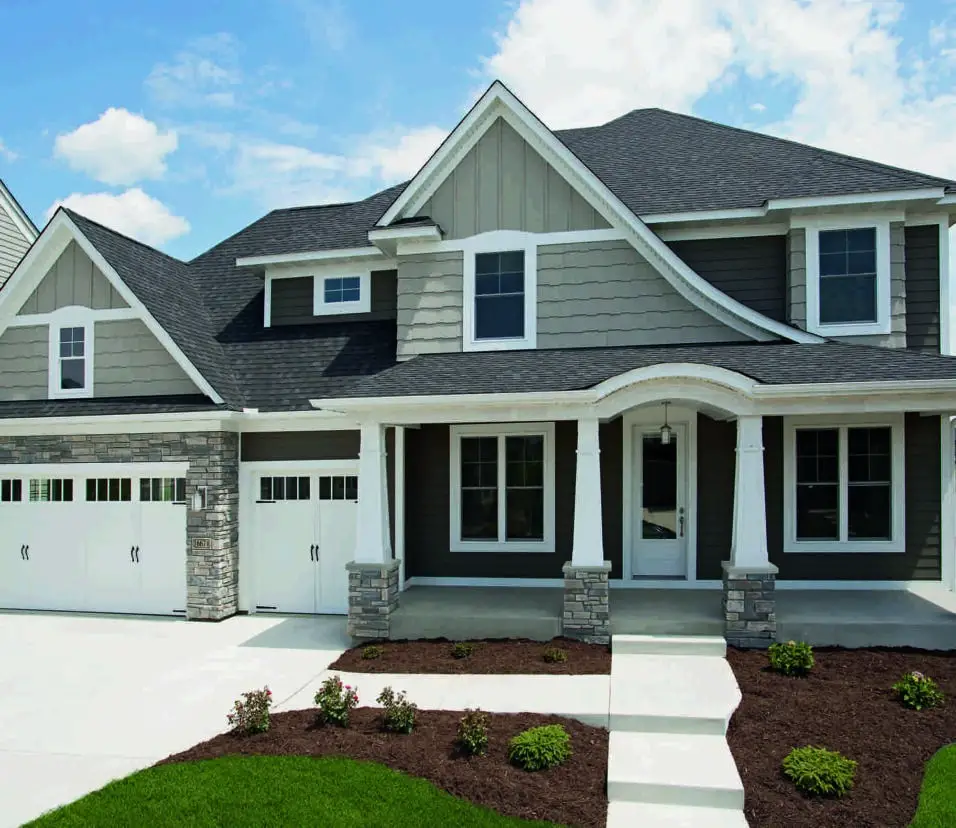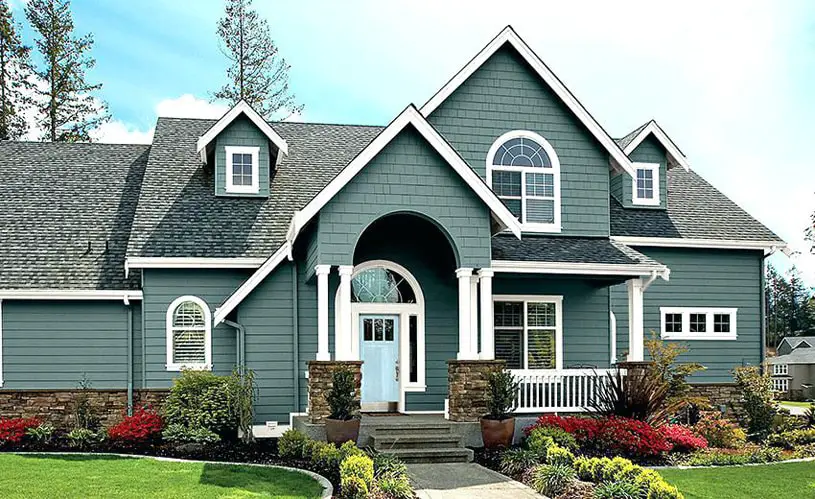How Long To Wait Between Coats Of Exterior Paint
Introduction
How Long To Wait Between Coats Of Exterior Paint: Painting the exterior of your home not only enhances its curb appeal but also provides essential protection against the elements. Achieving a professional and long-lasting finish requires more than just selecting the right paint; it also involves understanding the importance of timing between coats. In this guide, we will delve into the factors that influence drying times, the types of exterior paints, and the ideal intervals to ensure each coat adheres perfectly and contributes to a flawless, enduring paint exterior job. Whether you’re a seasoned DIY enthusiast or a first-time painter, mastering the art of timing between coats will undoubtedly lead to outstanding results and a beautifully refreshed exterior.
The exterior paint not only adds aesthetic value but also acts as a shield against various environmental factors. While selecting the right paint is crucial, understanding the timing between coats is equally vital to ensure a seamless and durable finish.
Throughout this guide, we will navigate the multifaceted world of exterior painting, diving into the intricate details that dictate the intervals between coats. We will explore the diverse range of exterior paints available, each with its unique drying characteristics. Whether you’re dealing with water-based latex, oil-based paints, or innovative all-weather formulas, the principles of timing remain fundamental to achieving a picture-perfect outcome. From learning how humidity, temperature, and ventilation impact drying times to uncovering the nuances of different paint types, we’ll equip you with the knowledge needed to make informed decisions. Whether you’re a seasoned DIY enthusiast or a homeowner planning to collaborate with professionals, understanding the nuances of waiting between coats will empower you to orchestrate a symphony of color, protection, and longevity.

What happens if you apply second coat of exterior paint too soon?
Applying the second coat too early will result in lost time, money, and effort. Not only that but it’ll also create additional stress that’s not necessary. Applying the second coat too early will result in streaks, peeling paint, and uneven color.
Insufficient Adhesion
Each layer of paint needs time to bond and adhere properly to the surface. If you apply a second coat too soon, the underlying layer might still be wet or not fully cured. This can result in poor adhesion between the coats, causing the new coat to peel, crack, or blister over time. Proper adhesion is essential to ensure that the paint stands up to weathering and retains its appearance.
Uneven Appearance
When a second coat is applied before the first one is adequately dry, you might notice an uneven or streaky appearance. The new coat can re-activate the underlying wet paint, causing it to mix and spread unevenly. This can lead to a patchy finish that doesn’t reflect the desired color or texture.
Trapped Moisture
Paint acts as a barrier against moisture, helping to protect your home’s exterior. Applying a second coat too soon can trap moisture between the layers, especially if the first coat hasn’t had enough time to cure. Trapped moisture can eventually lead to mold, mildew, and rot, undermining the structural integrity of your home.
Extended Drying Times
If you don’t allow each coat to dry properly before adding another layer, the overall drying time can be significantly extended. This is because the moisture trapped between coats needs to evaporate, prolonging the process. Ultimately, this can delay the completion of your paint project and impact your timeline.
How long does it take for exterior paint to dry between coats?
They are usually dry to the touch after a lengthy 6 to 8 hours but you should wait at least 8 to 10 hours before you add a second coat. Many people wait overnight before adding a second coat of oil-based paint.
Paint Type: Different types of paint, such as water-based (latex) and oil-based (alkyd) paints, have varying drying characteristics. Water-based paints typically dry faster, often within a few hours, while oil-based paints can take longer, often up to 24 hours or more.
Weather Conditions: Ambient temperature and humidity play a significant role in drying times. Warm and dry conditions promote faster drying, while cold and humid conditions can slow down the drying process. It’s generally best to avoid painting in extreme weather conditions.
Paint Thickness: Thicker layers of paint take longer to dry than thinner coats. Applying excessively thick coats can extend drying times and may even lead to improper drying.
Ventilation: Proper airflow and ventilation help the paint to dry more efficiently. Good ventilation helps remove moisture from the paint, expediting the drying process.
Is 2 coats of exterior paint necessary?
In our experience, the only times when applying two finish coats of exterior paint may be necessary is: In new construction. When there is extensive damage to the siding. When a color change won’t hide the old color in one finish coat (like a light color over a dark one)
Coverage and Evenness: One of the primary reasons for applying two coats of exterior paint is to ensure proper coverage and an even finish. A single coat might not provide enough coverage, especially if you’re changing the color or painting over a darker surface. A second coat helps to eliminate streaks, patchiness, and any visible imperfections.
Longevity and Protection: Exterior paint serves as a shield against various elements, including sunlight, moisture, and temperature changes. Applying a second coat enhances the paint’s ability to provide extended protection and withstand the effects of weathering. The additional layer adds durability and resilience, prolonging the life of your paint job.
Color Intensity: Some colors may appear different when applied in a single coat compared to their appearance in the can. A second coat can help achieve the desired color intensity and vibrancy, ensuring that the paint accurately reflects your chosen shade.
Uniformity: Different surfaces, such as wood, stucco, and brick, can absorb paint differently. Applying two coats helps ensure a consistent and uniform appearance across all surfaces, creating a harmonious and cohesive look.
Is 3 coats of paint better than 2?
For the vast majority of colors, a two-coat PVDF system of a primer and a topcoat are sufficient. There are, however, times when a three-coat PVDF system, primer, color coat, and clear coat is necessary to improve the color retention and chalk resistance of the solid color or metalescent base color.
Enhanced Protection: Applying an additional coat of paint can offer increased protection against the elements, especially in regions with extreme weather conditions. The extra layer acts as an additional barrier against UV rays, moisture, and temperature fluctuations.
Coverage and Uniformity: Three coats can be particularly beneficial when transitioning between colors or when covering a surface with a significant color difference. The extra coat helps achieve a more consistent and uniform color appearance, minimizing any patches or inconsistencies.
Longevity: An extra coat of paint can contribute to the overall longevity of your paint job. It provides an extra level of defense against wear and tear, reducing the likelihood of premature fading, peeling, or deterioration.
High-Traffic Areas: For surfaces that experience high foot traffic or frequent contact, such as doors, handrails, and trim, three coats can provide extra durability and resistance to wear.
Can I recoat paint after 1 hour?
Adding a Second Coat
After your first coat of paint is dry, it’s safe to recoat typically after four to six hours. A good rule of thumb is to wait at least three hours to recoat your paint or primer if it’s water-based. Waiting 24 hours is best for oil-based paint and primer.
Paint Type: Different types of paint have varying drying times. Water-based (latex) paints generally dry faster than oil-based (alkyd) paints. Water-based paints might be touch-dry within an hour, but oil-based paints can take much longer to fully cure.
Environmental Conditions: Temperature and humidity significantly impact drying times. Warm and dry conditions facilitate faster drying, while cool and humid conditions prolong the process.
Paint Thickness: The thickness of the paint layer plays a role in drying time. Thicker coats take longer to dry than thinner ones.
Manufacturer’s Recommendations: Paint manufacturers provide guidelines on the label regarding the recommended drying times between coats. Following these recommendations ensures optimal results.
How many coats of exterior paint?
Two coats
If it’s a recommendation to use two coats of paint on an interior surface, then it’s a downright commandment to apply at least two coats of paint on your exterior. You can’t cut corners since your exterior will be exposed to multiple elements like the sun, snow, rain, birds, and insects.
Color Change: If you’re changing the color of your exterior, the number of coats needed may vary. Transitioning from a darker to a lighter color often requires additional coats to achieve full coverage and color accuracy.
Surface Condition: The condition of the surface being painted plays a significant role. Older, weathered surfaces or those with imperfections might require more coats to ensure proper coverage and a flawless finish.
Type of Paint: The type and quality of paint you choose also impact the number of coats needed. High-quality paints with better coverage might require fewer coats compared to budget paints.
Desired Finish: The level of finish you’re aiming for affects the number of coats. For a professional, polished appearance, applying multiple coats is often recommended.
How many days does exterior paint need to dry before rain?
After two hours, light rain will not completely ruin your work but you may still have to repaint some of it when it is dry. It really takes paint six hours of sunlight to dry completely but if you want it to be its most durable, five days of normal weather is ideal.
Paint Type: The type of paint you’re using plays a significant role in drying time. Water-based (latex) paints tend to dry faster than oil-based (alkyd) paints. Quick-drying acrylic paints might be more resilient against rain than traditional oil-based paints.
Weather Conditions: Ambient temperature and humidity levels greatly affect drying time. Warm and dry conditions facilitate faster drying, while cold and humid conditions can extend the process.
Paint Thickness: Thicker coats of paint take longer to dry than thinner ones. Applying excessively thick coats can lead to extended drying times.
Ventilation: Proper ventilation helps moisture evaporate from the paint, expediting the drying process. Adequate airflow contributes to efficient drying.
Do professional painters use 2 coats of paint?
The layperson may think they can save time or money by using just one coat of paint, or that they’ve chosen the thickness or sheen that will perform up to their standards – but it’s quite likely they’ll be disappointed with the long-term results. So, back to the first answer: always use two coats.
Paint Quality: Professional painters understand the importance of using high-quality paint. While premium paints with excellent coverage might require fewer coats, the quality of paint used significantly affects the number of coats necessary.
Surface Condition: The condition of the surface being painted plays a pivotal role. If the surface is uneven, porous, or in poor condition, additional coats might be needed to achieve a smooth, uniform finish.
Color Change: Transitioning from a darker to a lighter color or making a drastic color change often necessitates more coats to ensure complete coverage and color accuracy.
Desired Finish: Professional painters prioritize achieving a polished, professional-grade finish. Applying multiple coats is a common practice to ensure an even, flawless appearance.

Conclusion
Our research on classic and cutting-edge exterior paints has shown that you must adjust your scheduling strategy to match the paint’s drying properties. Understanding these differences is crucial whether using water-based paints that dry faster or oil-based ones that take longer. This tour has shown how humidity and temperature affect drying timeframes, emphasizing the importance of a good painting atmosphere.
Proper ventilation and monitoring conditions can significantly influence the outcome of your project. As you stand on the threshold of your painting endeavor, armed with knowledge and insight, remember that each waiting period between coats paint is an investment in the longevity of your paint job. Whether you’re a seasoned DIY enthusiast or a homeowner entrusting the task to professionals, mastering the art of timing will elevate your project from a simple task to a transformative experience. With every brushstroke, you’re not just applying paint; you’re creating a shield that safeguards your home’s exterior while expressing your unique style. By mastering the intervals between coats, you’re ensuring a flawless, enduring finish that will stand the test of time and weather, leaving your home’s exterior as vibrant and protected as the day you painted it.
We’ve covered the art of timing between coats throughout this book, which requires precision and expertise. Remember that waiting periods are the building blocks of a masterpiece as each layer of paint transforms your canvas. Our research on a variety of exterior paint formulations, from traditional to experimental, has shown the importance of responding to each paint’s drying behavior. Timing is crucial for rapid-drying water-based paints and oil-based alternatives.



